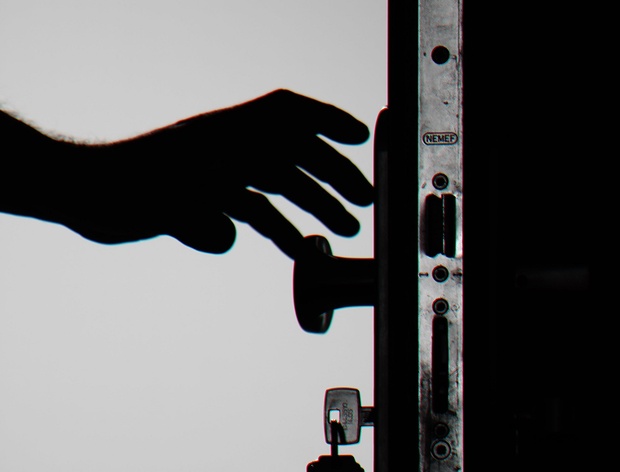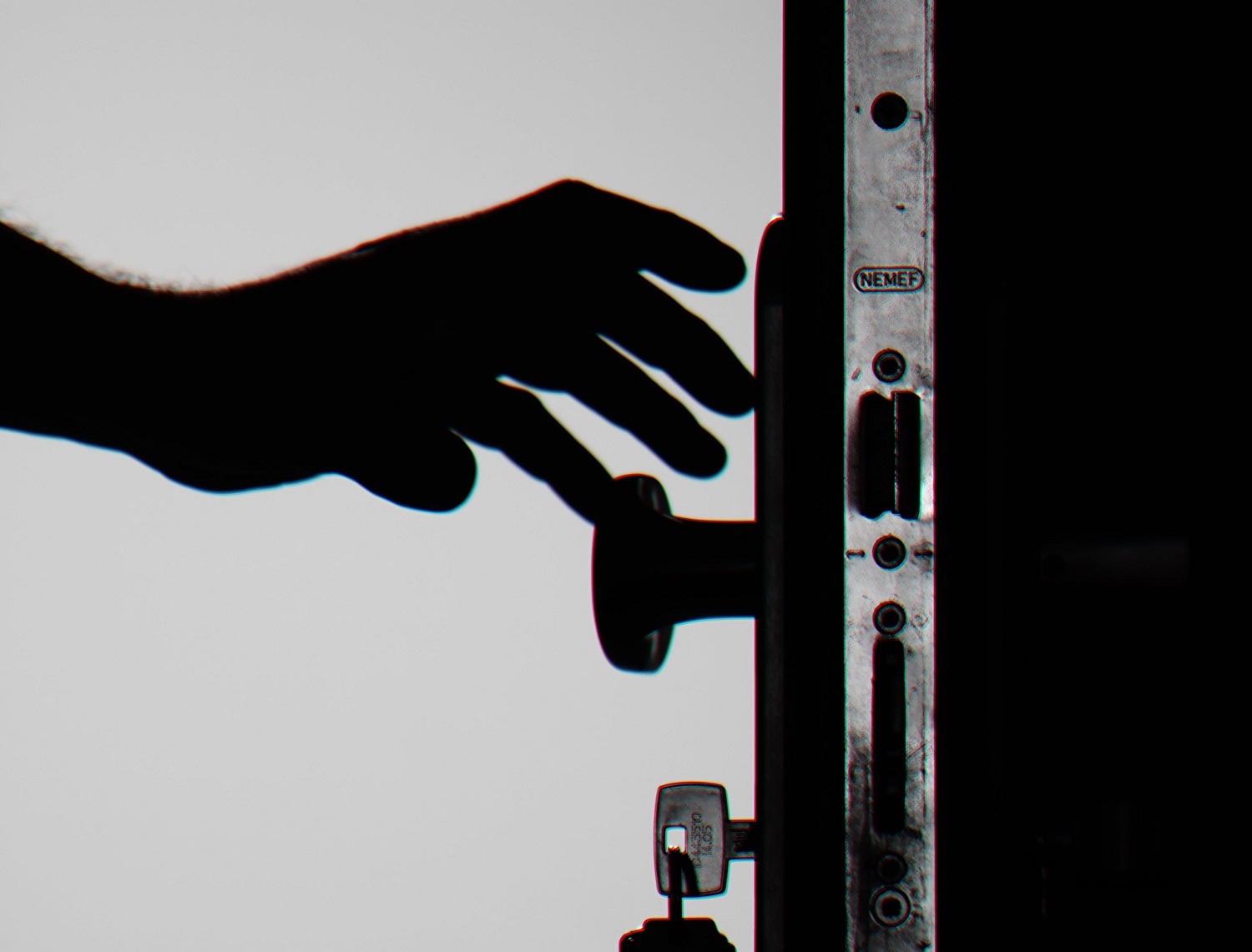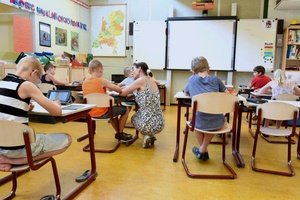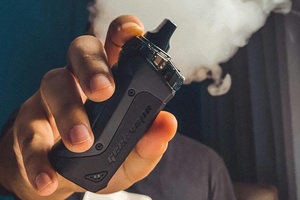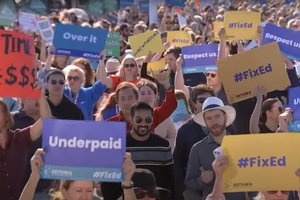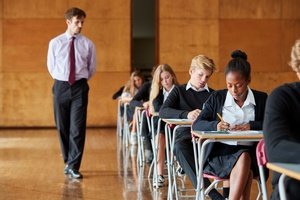The report on Pacific secondary school students in New Zealand, Talavou o le Moana, has uncovered major inequities in mental health, deprivation and racism, but also notes significant progress in areas like feeling safe at school, connections to family and faith and lowered substance abuse.
While Pacific students are largely thriving and connected in areas like family, school and church, they also face high rates of deprivation, poverty and racism, lead author Dr Analosa Veukiso-Ulugia says.
Veukiso-Ulugia is a senior lecturer and Health Research Council postdoctoral research fellow at Waipapa Taumata Rau, University of Auckland and Moana Connect.
She says the fact that more Pacific students feel safe at school (up from 71.8 per cent in 2001 to 85.9 per cent in 2019) and that cigarette smoking and binge drinking has substantially dropped – the former from 20.2 per cent in 2001 to just 4.3 per cent in 2019, and the latter from 23.2 per cent in 2001 to 12.7 per cent in 2019 – shows it’s possible to make changes, but inequity continues to hold back Pacific young people.
“Almost half of Pacific students experienced housing deprivation,” she says.
“Their families worried about not having enough money for rent or mortgage, and almost half reported not always feeling safe in their neighbourhood.”
More than a third reported experiencing racism (40.5 per cent), with a further quarter unsure if an experience was a racist encounter (25.2 per cent).
Mental health was a big area of concern.
“Around a quarter of Pacific students reported significant depressive symptoms and the same number reported serious thoughts of suicide in the last year; and tragically, just over one in ten attempted suicide in the last year,” Veukiso-Ulugia reports.
Associate Dean Pacific at the University’s Faculty of Medical and Health Sciences, Sir Collin Tukuitonga, who chaired an expert panel at the launch, says these are “unacceptable statistics that must be urgently addressed”.
A report by the Child and Youth Mortality Review Committee revealed that between 2015 and 2019, 79 Pacific young people aged 15 to 19 died of medical conditions, suicide and injury; with transport incidents being the leading cause of injury death.
Veukiso-Ulugia says low contraceptive use was also worrying.
“While most Pacific students were not sexually active (84.9 per cent), four out of five sexually active students did not always use a condom.”
Notably, she says, around a quarter of respondents had been touched in a sexual way or made to do unwanted sexual things.
And while many students have made plans for their futures (87.4 per cent), about a quarter reported that they didn’t feel they would get the support needed to realise these plans (25.2 per cent).
“A third of respondents said they didn’t see a positive future for themselves in Aotearoa,” Veukiso-Ulugia says.
Almost half of Pacific students experienced housing deprivation.
The report recommends that in the short term, Pacific students’ basic needs must be met, but to create a more equitable future, governments and other agencies must partner with Pacific young people, their families and communities and invest in more quality research with and for them.
In response to the report's launch on Monday 26 February, Pacific health leaders on the launch panel noted the need for more Pacific health workers across the health sector and for Pacific young people to be more involved in creating and running services designed for them.
They also mentioned the gap between Pacific health services, of which there are many, and young people actually using and benefitting from them.
Stigma in the community about admitting poor mental health was also something playing a part in these statistics, they said.
The survey was carried out in Tāmaki Makaurau (Auckland), Tai Tokerau and Waikato in 2019, accounting for approximately 70 per cent of the Pacific population.
Pacific students comprised 14.6 per cent (1130) of 7721 Year 9 to 13 students from 45 secondary schools.

